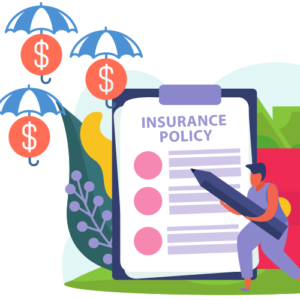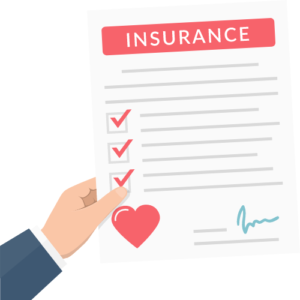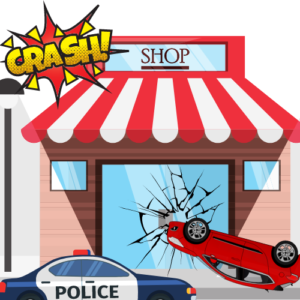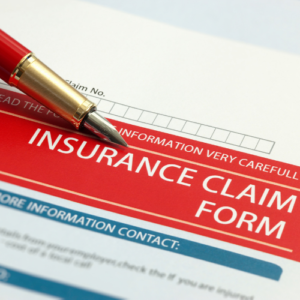Business Insurance
Know Your Risks!
Having the right kind of insurance policy coverage and keeping it up to date is critical when disaster strikes and you need to make a claim. Your policy may cover water damage from a burst water pipe or sewer backup, but not from surface water flooding due to heavy rains and blocked stormwater drains. There are many kinds of insurance including cybersecurity, business interruption, general liability, professional liability, contents and many others. Assess you risks and know your needs. When it comes time to buy insurance you may want the services of an insurance broker with expertise in working with entrepreneurs.

Assess Your Risks
Risk is why you purchase insurance. Knowing the most likely risks you face at your location is essential as it impacts your premiums -why pay for coverage you don’t need? An office or ecommerce store may be at risk of cyber attack, whereas a retail store is at risk of being sued for minor and sometimes fraudulent injury claims. Make sure your policy covers your actual risks.
Write down the potential risks you face and prioritize them by the likelihood they will occur. Your goal is to accurately rank your risk tolerance levels for your business and it’s location. Lower risks generally mean lower premiums. Our free business continuity planning tool will help you determine and rank your risk levels.

Buying Insurance
Now that you know your risks and assessed your needs, you may want to seek the advice of an insurance broker with expertise in working with entrepreneurs. Ask your broker for quotes and make sure you understand the different exclusions, deductibles, and limits. Don’t be shy about asking your broker for ways to reduce your risk and insurance premiums.
Personal life insurance can provide for your family if you pass away, and disability insurance can help if you become ill and cannot run the business. The Insurance Bureau of Canada (IBC) is the association that represents insurers in Canada, and the IBC website is a good source of information on the different kinds of business insurance policies available.

Renewing Your Policy
When it comes time to renew your policy each year, do not just renew it -review it. The cost of buildings and equipment goes up every year. The onus is on you, not the insurance company to ensure your limits for your building, contents, and equipment are up to date and accurate.
Start early. Your insurer will need to reassess your risk level to determine your premiums. Start discussing your renewal with your agent or broker 2-3 months before it is due. You will already know your risks and costs from last years policy, so this is also a good time for you to reassess your risks, your risk tolerance, and to ask your broker for advice on minimizing your risks.

Business Interruption Insurance
Many business owners do not know this kind of insurance exists. With business interruption insurance you can continue to collect income you would have made if the loss did not occur. You may be covered for specific perils such as stolen or damaged equipment, but with business interruption insurance you are covered while your equipment is repaired or replaced.
Depending on your policy you may receive benefits until your business reopens or until your business income is back to normal. You may also be covered for additional expenses such as opening in a temporary location. Your policy may name specific named perils, such as fire, theft, and vandalism, or it may have a more general all-risk policy with some predefined exclusions. Talk to your insurance broker to discuss your options.

Making a Claim
When it comes time to make a claim, you must be able to prove your losses. You cannot expect your insurance company to write a cheque without first knowing what you lost and its value? The onus is on you, not the insurance company to prove the extent of your losses.
In most cases the easiest way to document your assets is to take a series of pictures and/or video and store it online so it is always accessible. With video you can describe the item, number of items, and other pertinent information. With equipment, make sure you also get clear images of the make, model number, serial number, and other relevant information.

